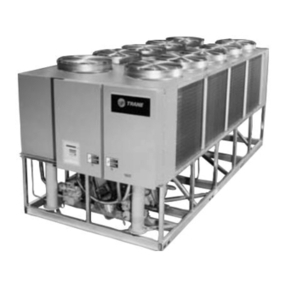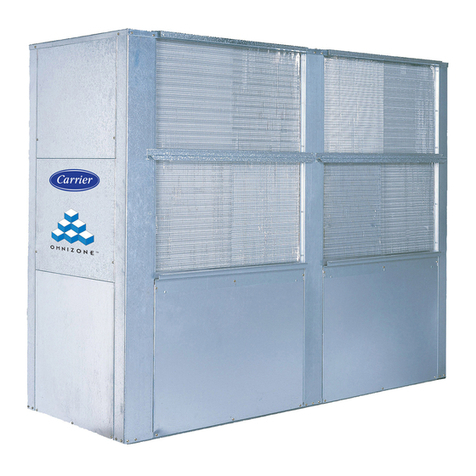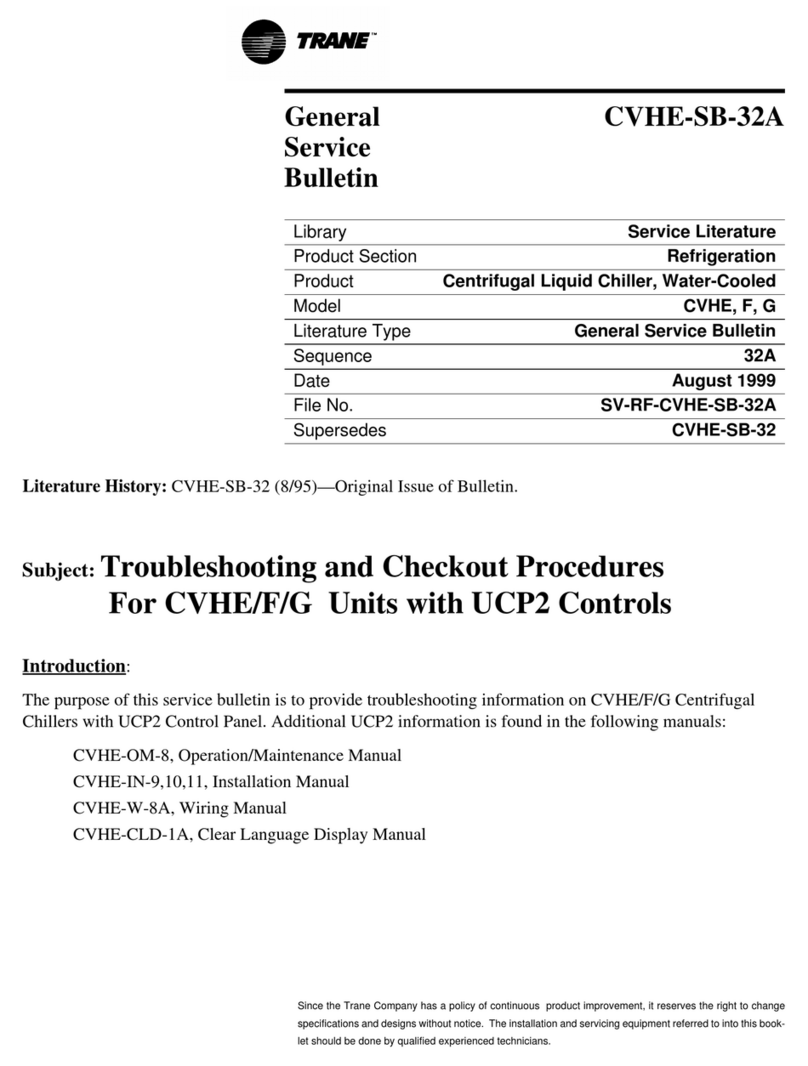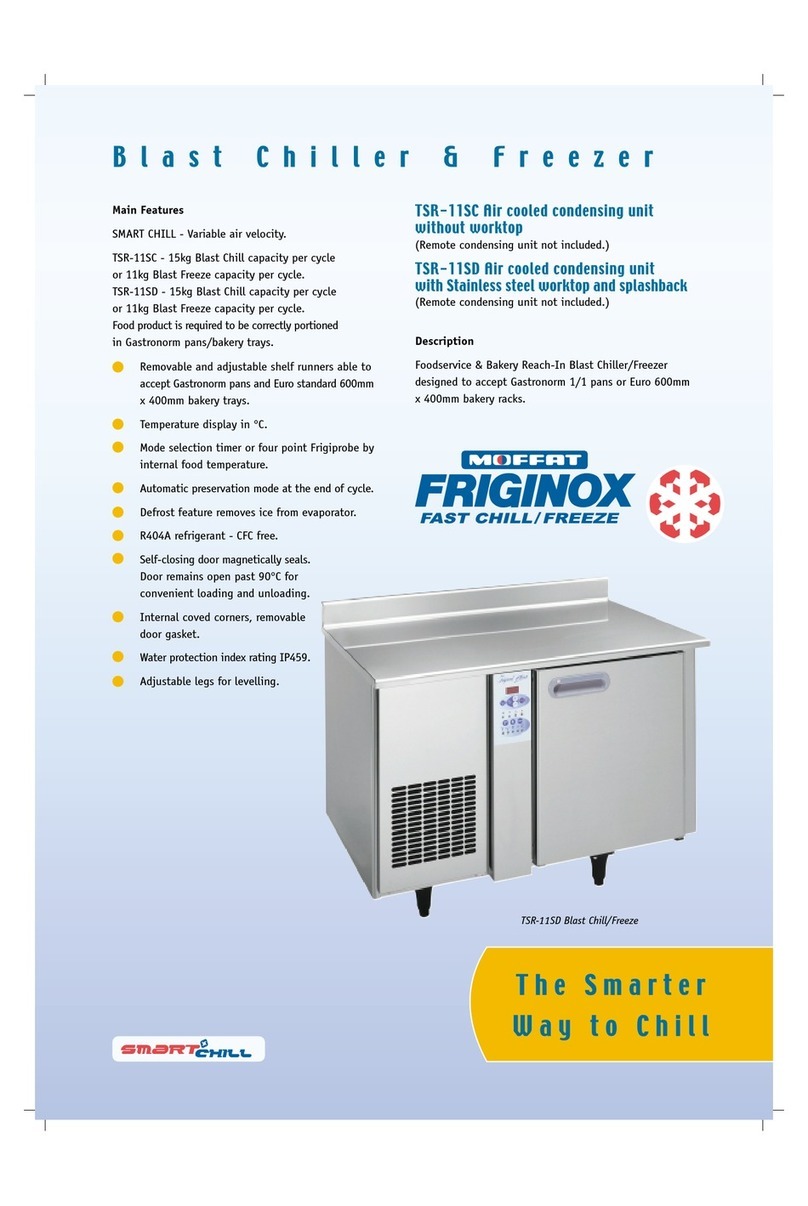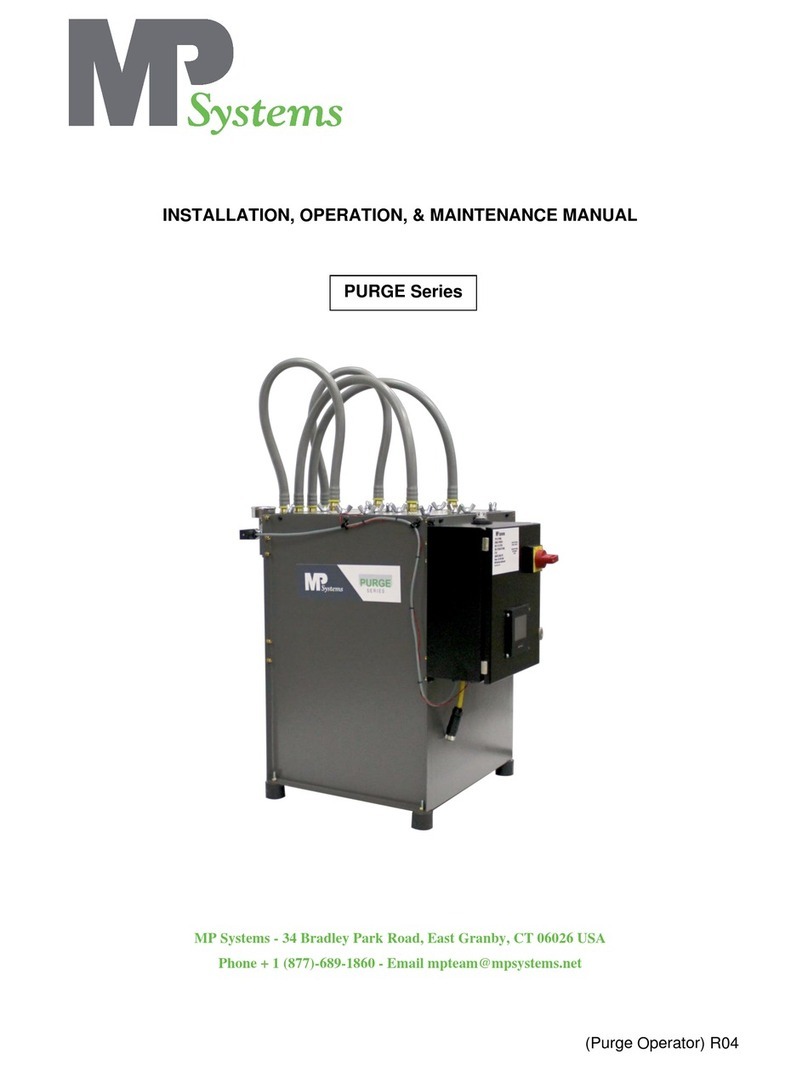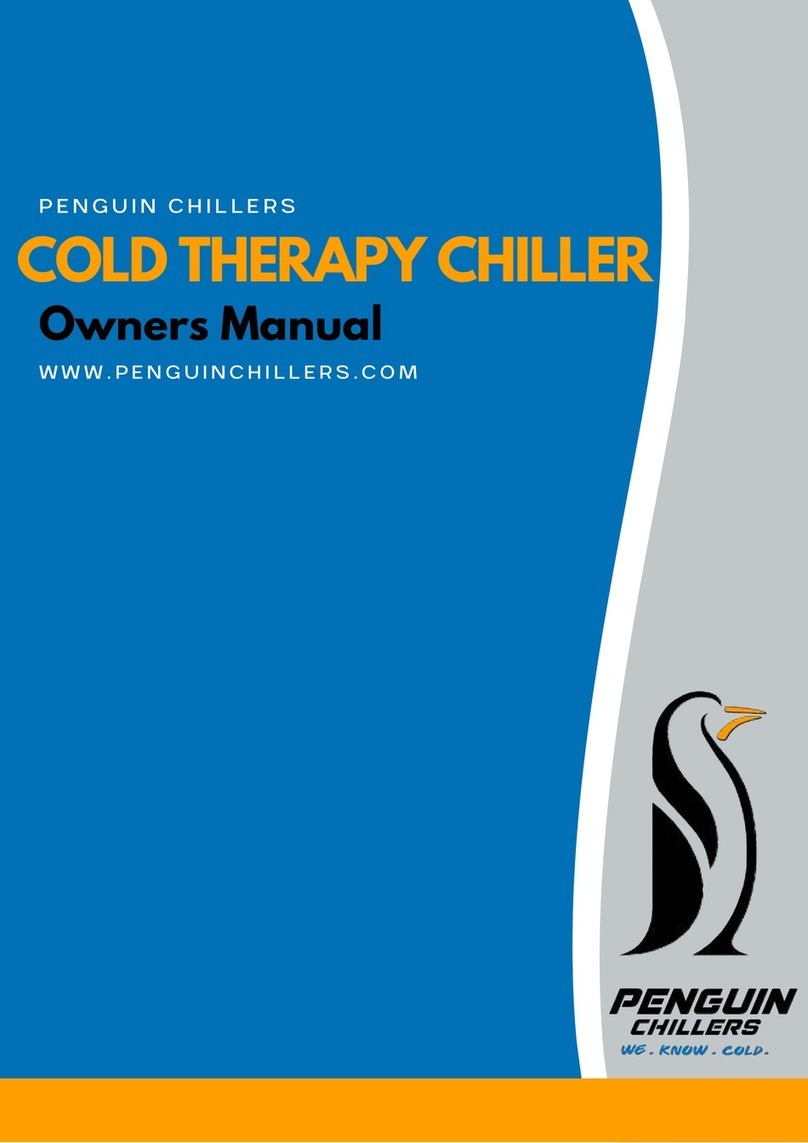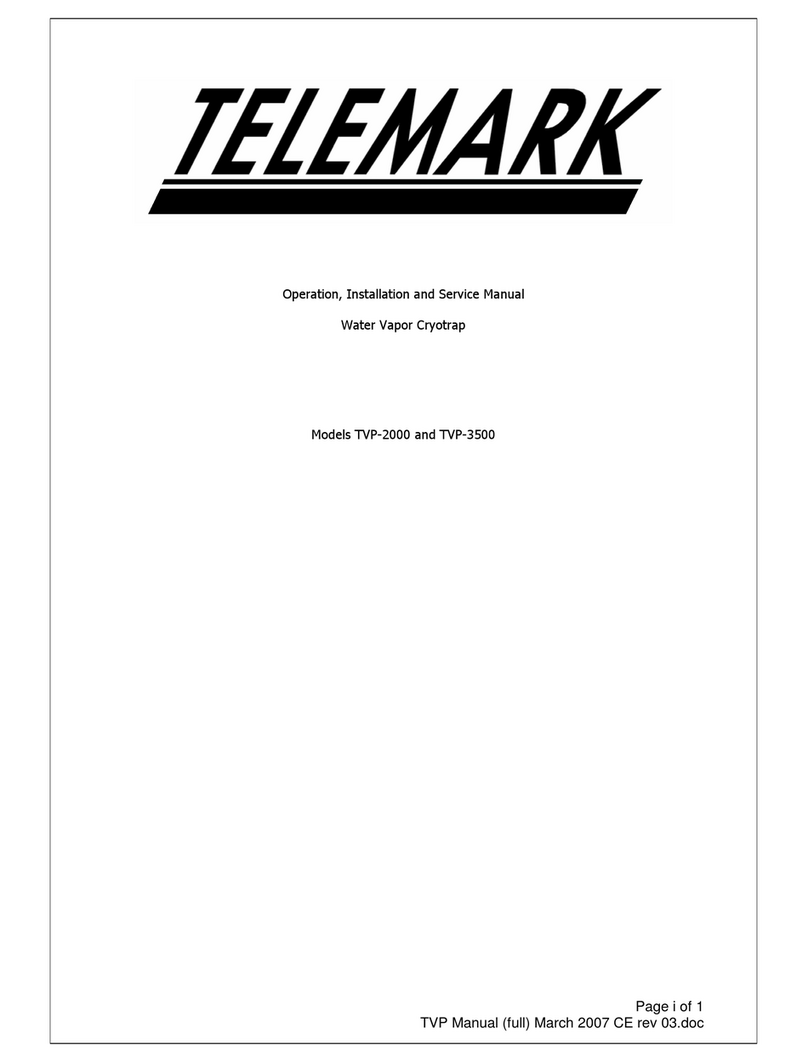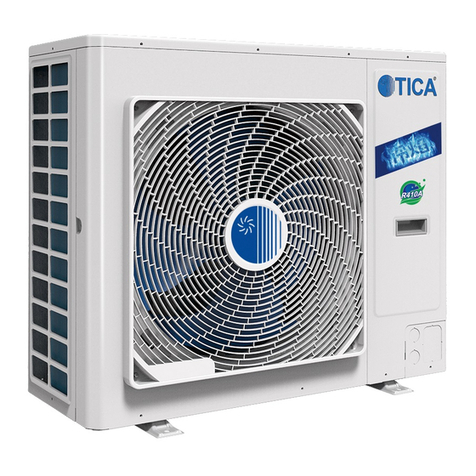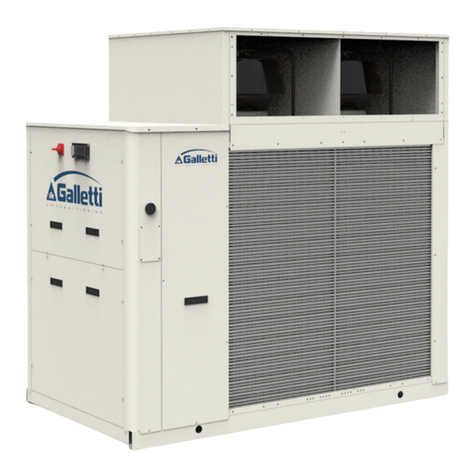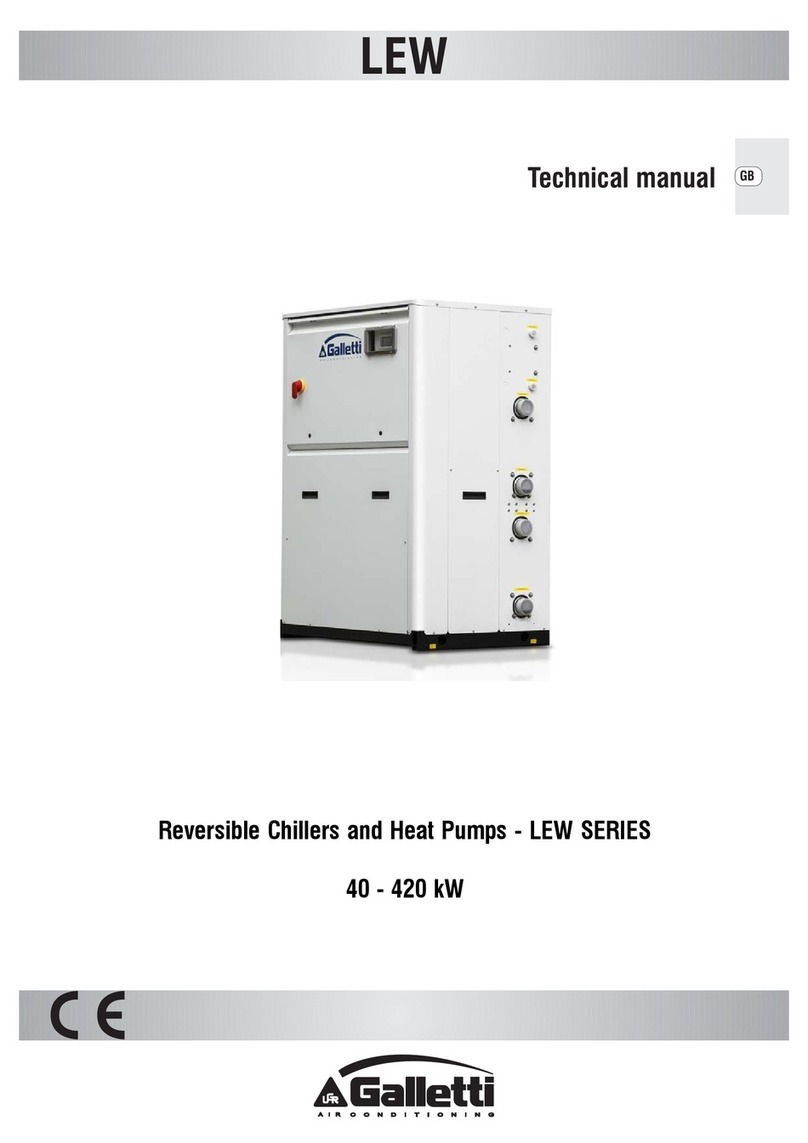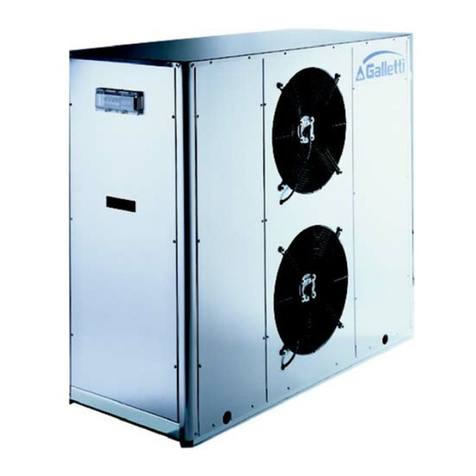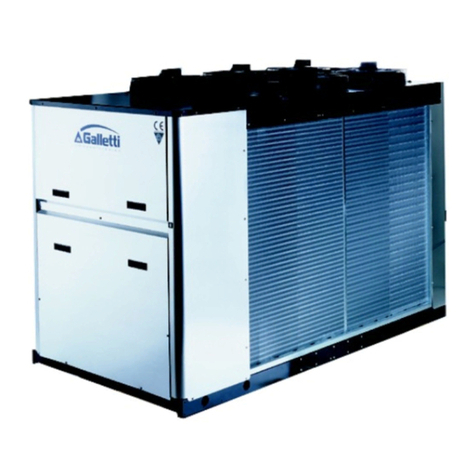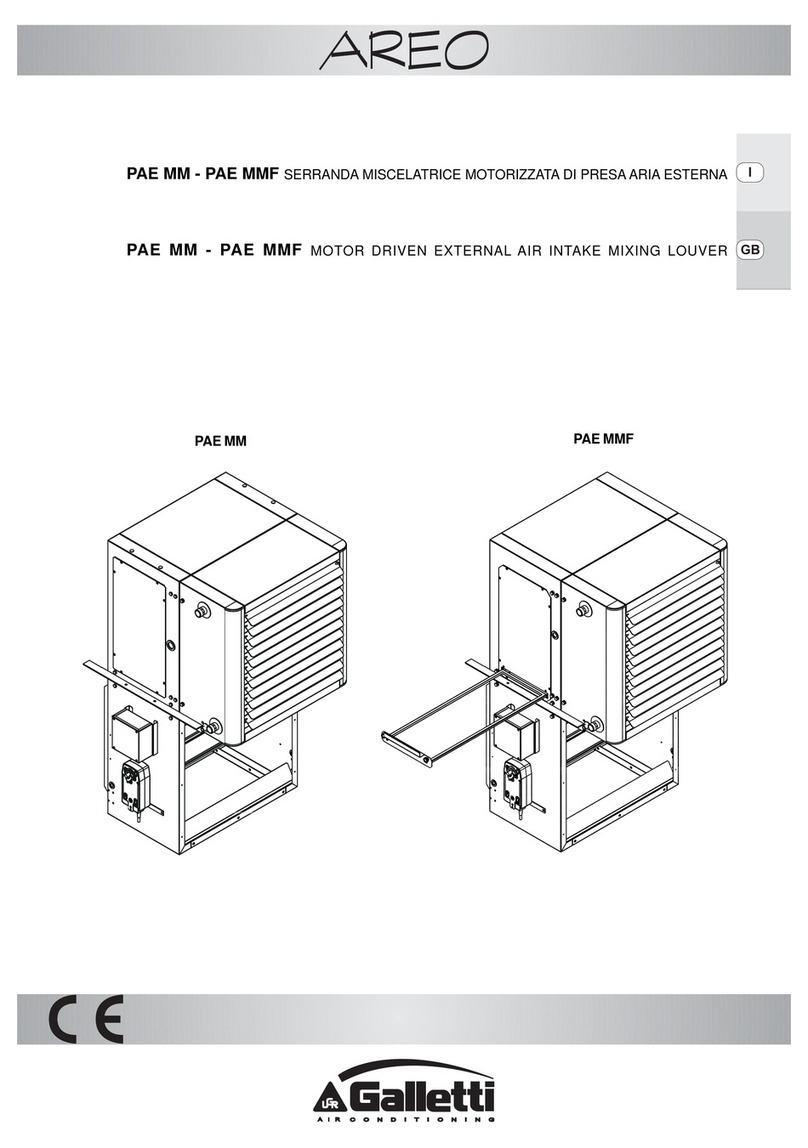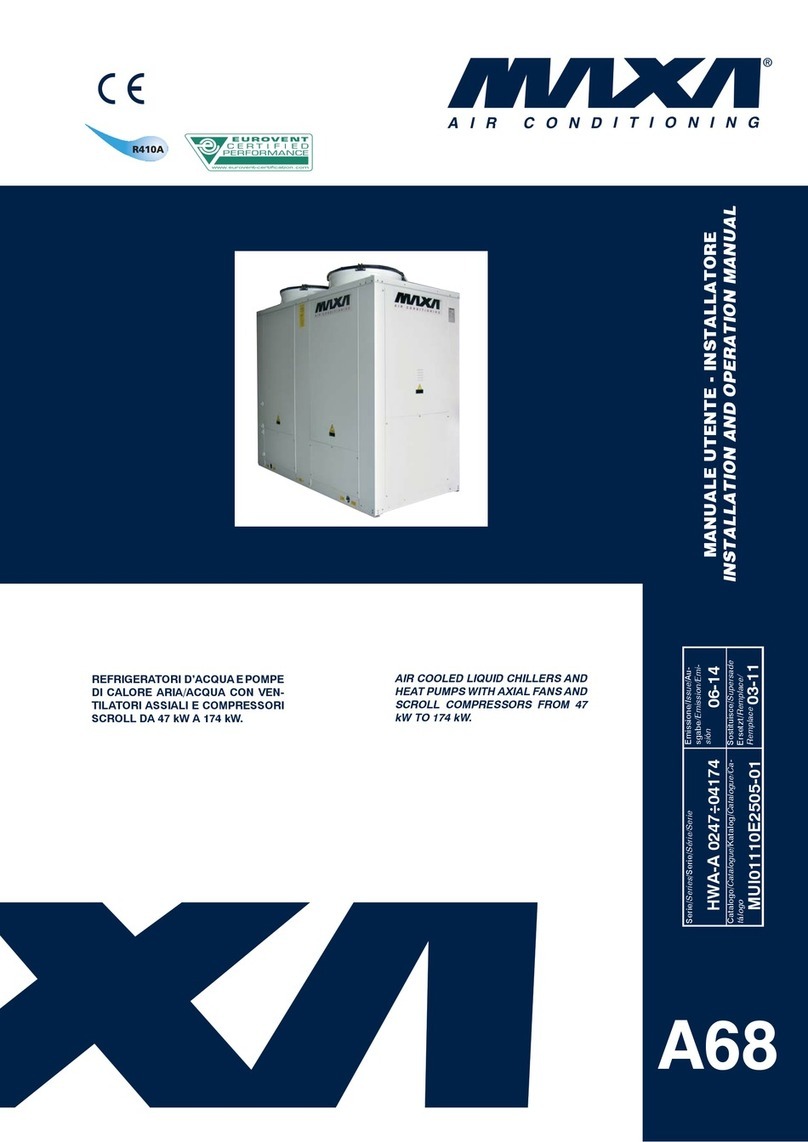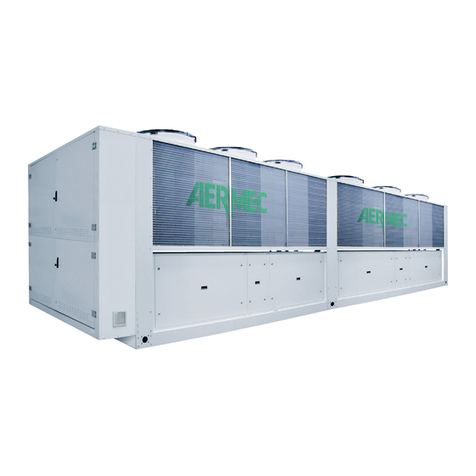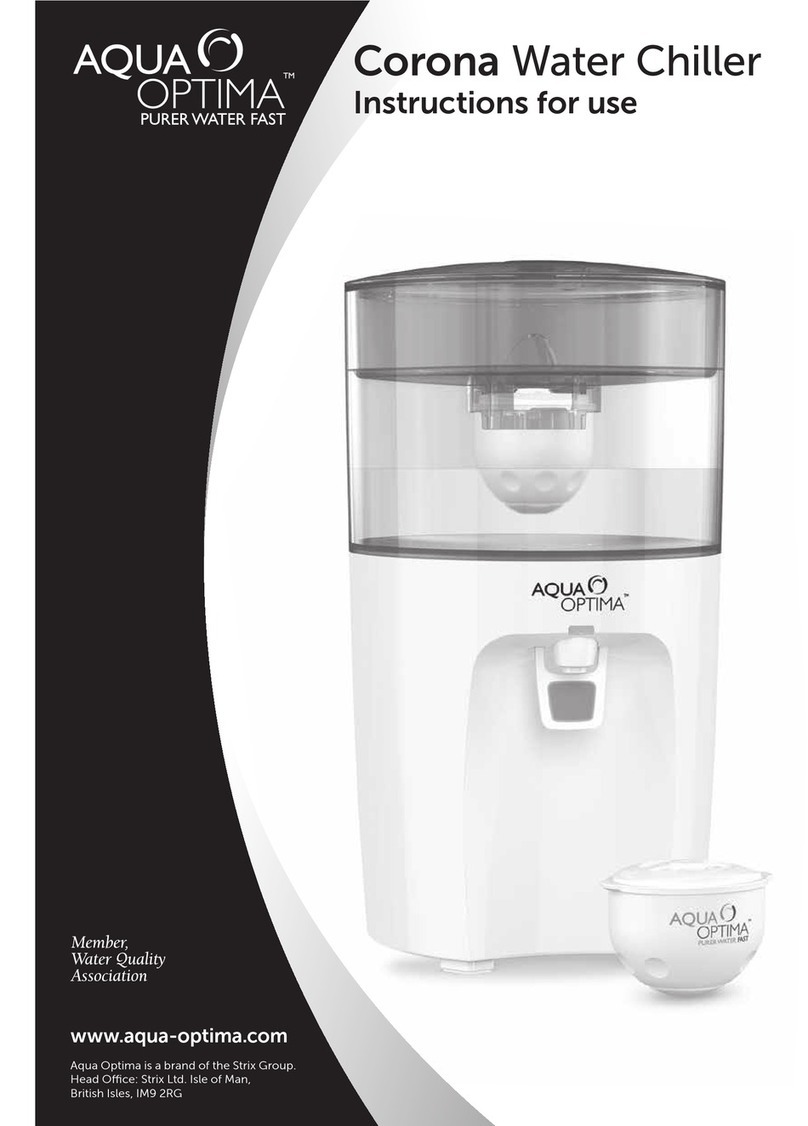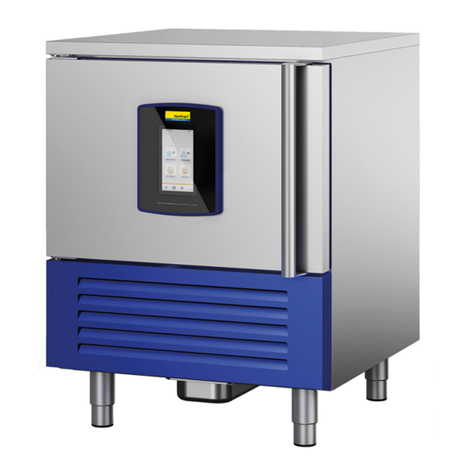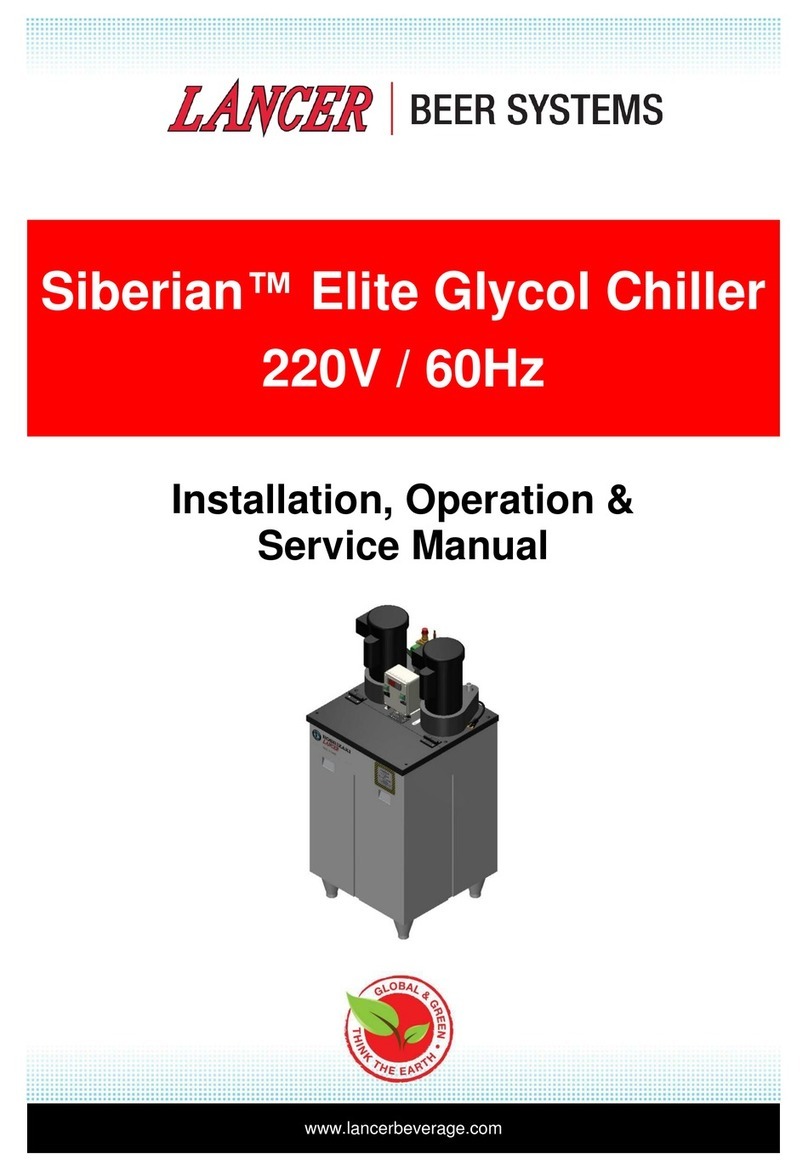
LCX
RG66010687_rev.00 10
4 INSPECTION, CONVEYANCE, SITING
4.1 INSPECTION
Upon receiving the unit, check that it is perfectly intact: the chiller left the factory in perfect conditions;
immediately report any signs of damage to the carrier and note them on the Delivery Slip before signing
it. Check, in particular, that the fins of the finned block heat exchangers are not bent and have not
undergone impacts that may have impaired the system's tightness under pressure.
The manufacturer or its agent must be promptly notified of the entity of the damage.
The Customer must submit a written report describing every significant sign of damage.
-commissioning report,
-wiring diagram,
-warranty certificate and list of authorised service centres,
-check the integrity of the documents accompanying the unit and of this manual.
4.2 LIFTING AND CONVEYANCE
While the unit is being unloaded and positioned, utmost care must be taken to avoid abrupt or violent
movements. The unit must be handled carefully and gently: avoid using machine components as
anchorages when lifting or moving it.
The unit should be lifted using Ø1½” GAS steel
pipes at least 3mm thick, to be inserted in the round
holes provided on the base side members (see fig.
below) and identified by means of stickers. The
pipes, which should protrude by at least 250-
300mm on every side, must be slung with ropes of
equal length secured to the lifting hook (provide
stops at the ends of the pipes to prevent the ropes
from slipping off due to the weight).
Use ropes or belts long enough to extend beyond the height of the unit and place spacer bars and
boards on the top of the unit to avoid damaging the sides and top of the unit itself. The rectangular holes
are provided for the attachment of vibration damping supports (optional).
Attention: In all lifting operations make sure that the unit is securely anchored in
order to prevent accidental falls or overturning.
